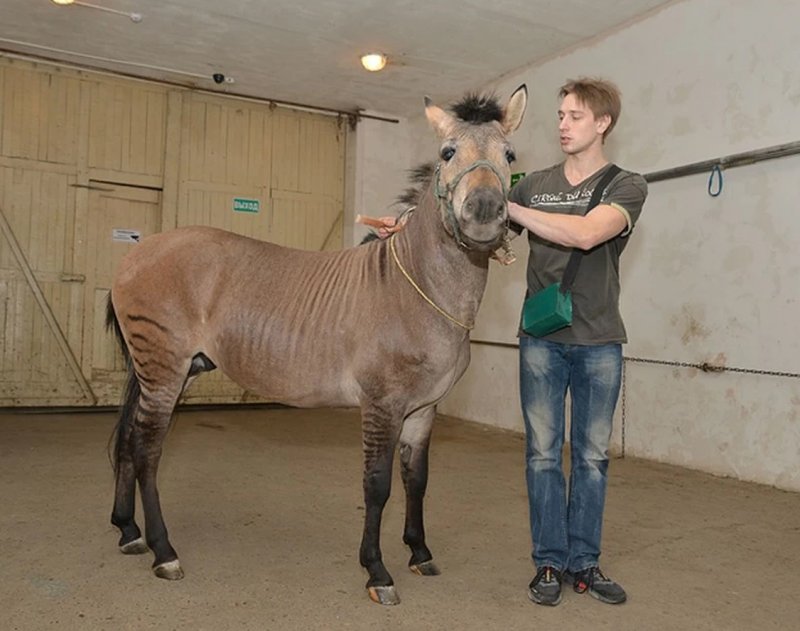Zebroid – a Horse or a Zebra?
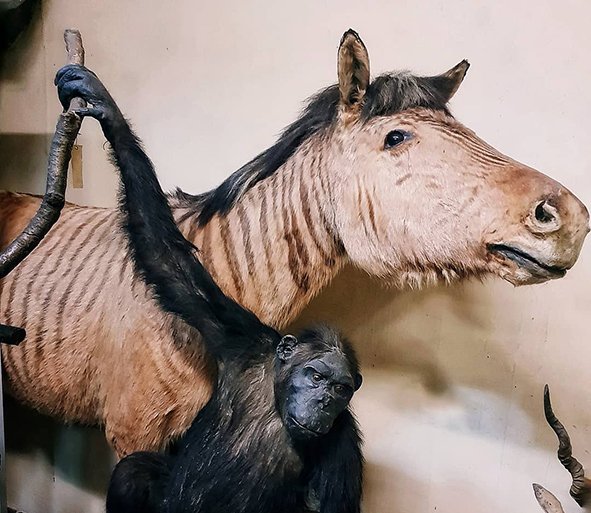
The hybrid of a zebra and any other equine is called a zebroid, aka zorse. This particular one lived a good life at the Moscow zoo, where it had arrived in 1917 from the famous biosphere reserve Askania-Nova.
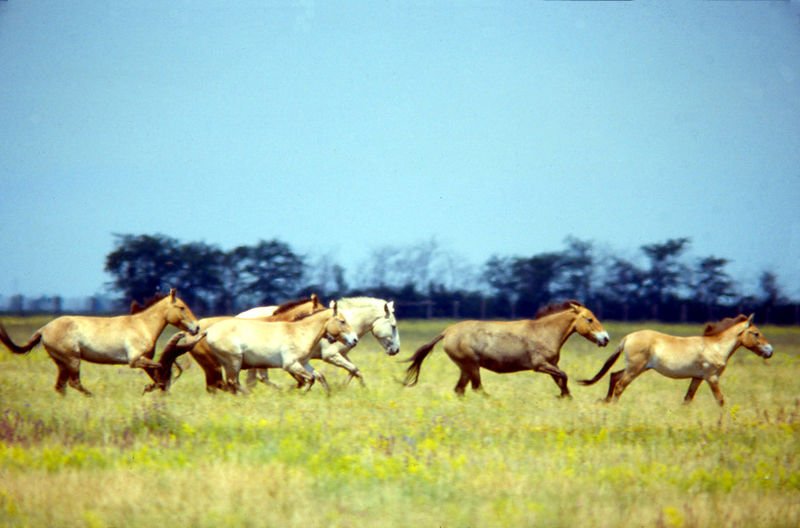
The nature reserve was established in 1898 by Friedrich Jacob von Falz-Fein (1863–1920) around the German colony of Askania-Nova, which only in 1890 became an organized settlement. By the beginning of the 20th century, the founder of the nature reserve managed to turn it into “heaven on earth” with about 2000 different animals inhabiting it.
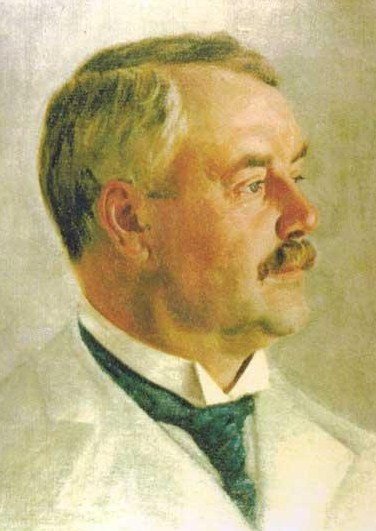
The Russian emperor Nicholas II described this place like this: “there you can find various deers, goats, antelopes, wildebeests or the gnu, kangaroos, and ostriches walking around free under the sky, together. It’s impressive. As if you see a scene from the Bible with all these animals having arrived from the Noah's Ark”.
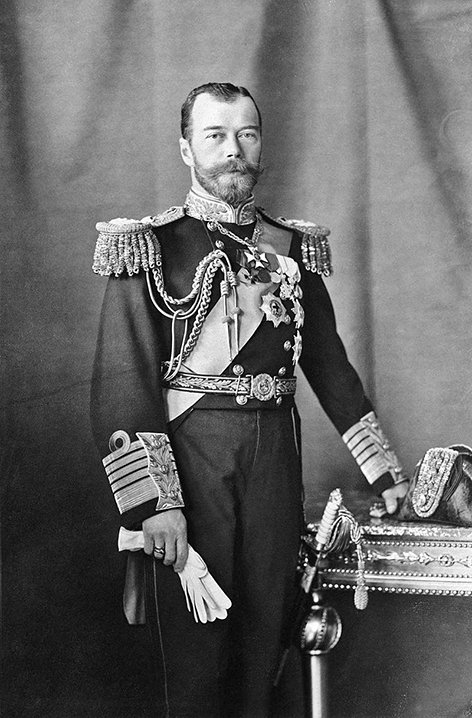
All year round you could watch bisons, saiga antelopes, Przewalski's horses, Turkmenian kulans, donkeys, deers, Ovis ovis, and camels. In summer they were joined by the Ankole-Watusi, the common eland, the African buffalo, the gnu, the nilgai or blue bull, the zebra, and the gayal.
The talented zoologist Friedrich Falz-Fein succeeded in breeding Przewalski's horses in captivity. Everything was going so well, that by the early 20th century 52 horses born in Askania-Nova were transferred to European zoos. By the end of 1970s, a small group of Przewalski's horses traveled to the Gobi Desert to recreate the population of wild horses.
Today all Przewalski's horses living in zoos are the descendants of the 3 couples from Askania-Nova.
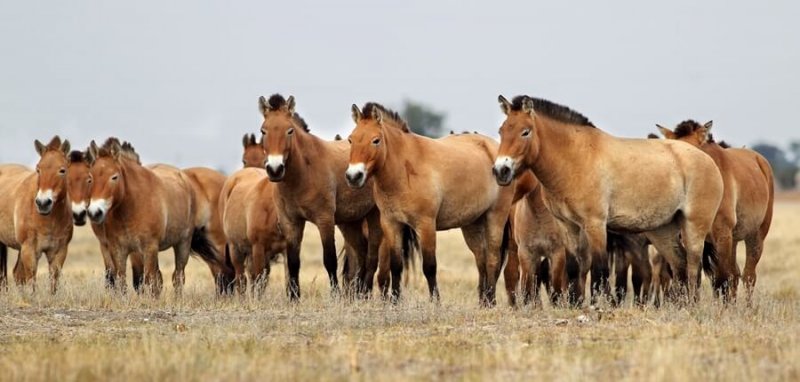
Friedrich Falz-Fein had a passion for hybridization, and first of all for crossing various wild odd-toed ungulates. Back then the hybridization was a new science, therefore in 1904, a scientific laboratory was created in Askania-Nova particularly for carrying out experiments on crossing different species of animals.
In 1910 the laboratory experiments resulted in creating the first hybrids of a zebra stallion and a horse mare. The offsprings looked like their mother, having stripes on their legs, neck, and body like their father. These hybrids were successfully used in Africa as pack animals or for riding due to being immune to the Tsetse fly bite. However for other countries, the zebroids weren’t as valuable – they were rather aggressive, difficult to train and often born with pathologies.
Today we know about 4 zebroids in the World, one of which is called Zanzibar and lives in Russia.
